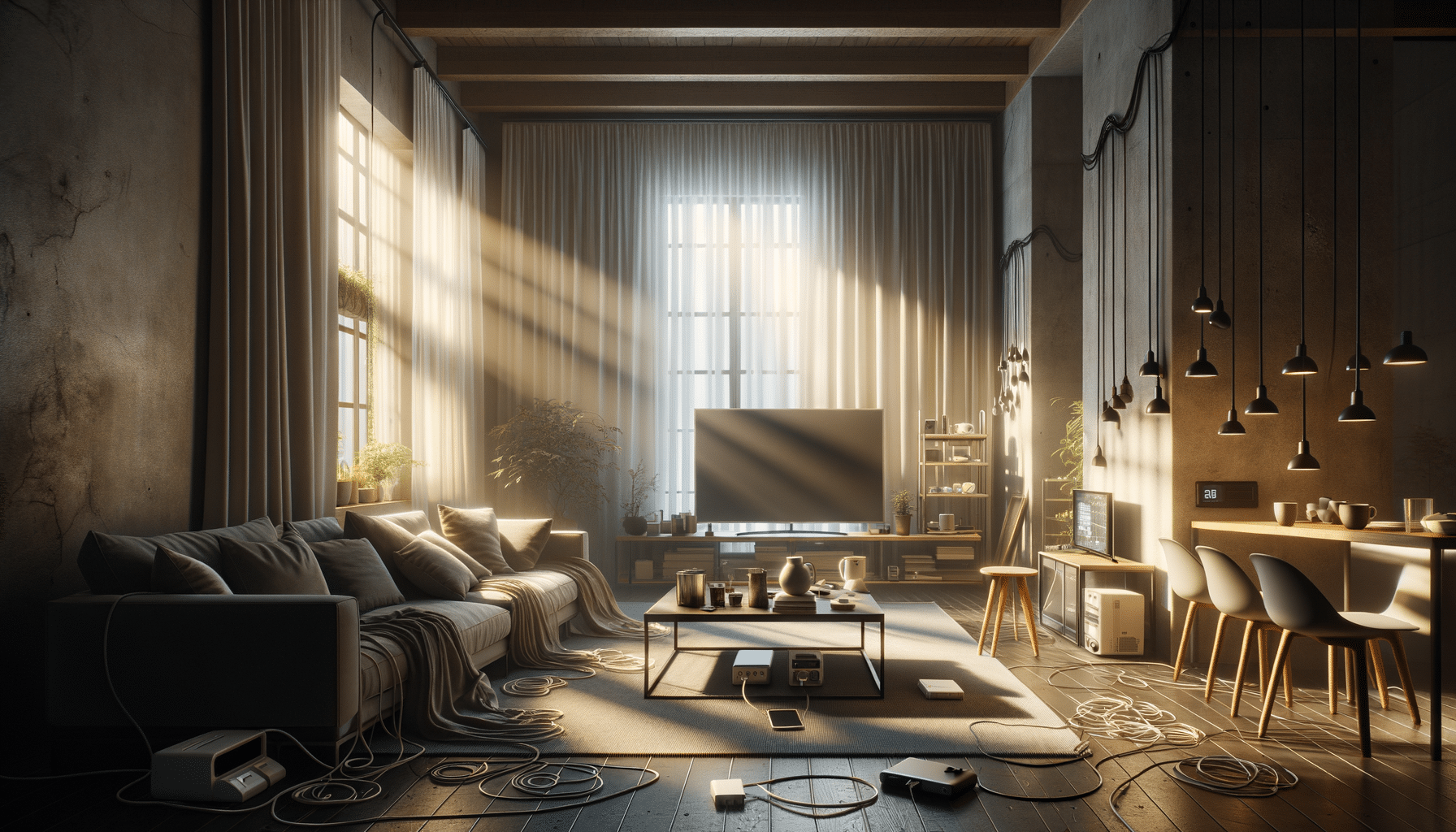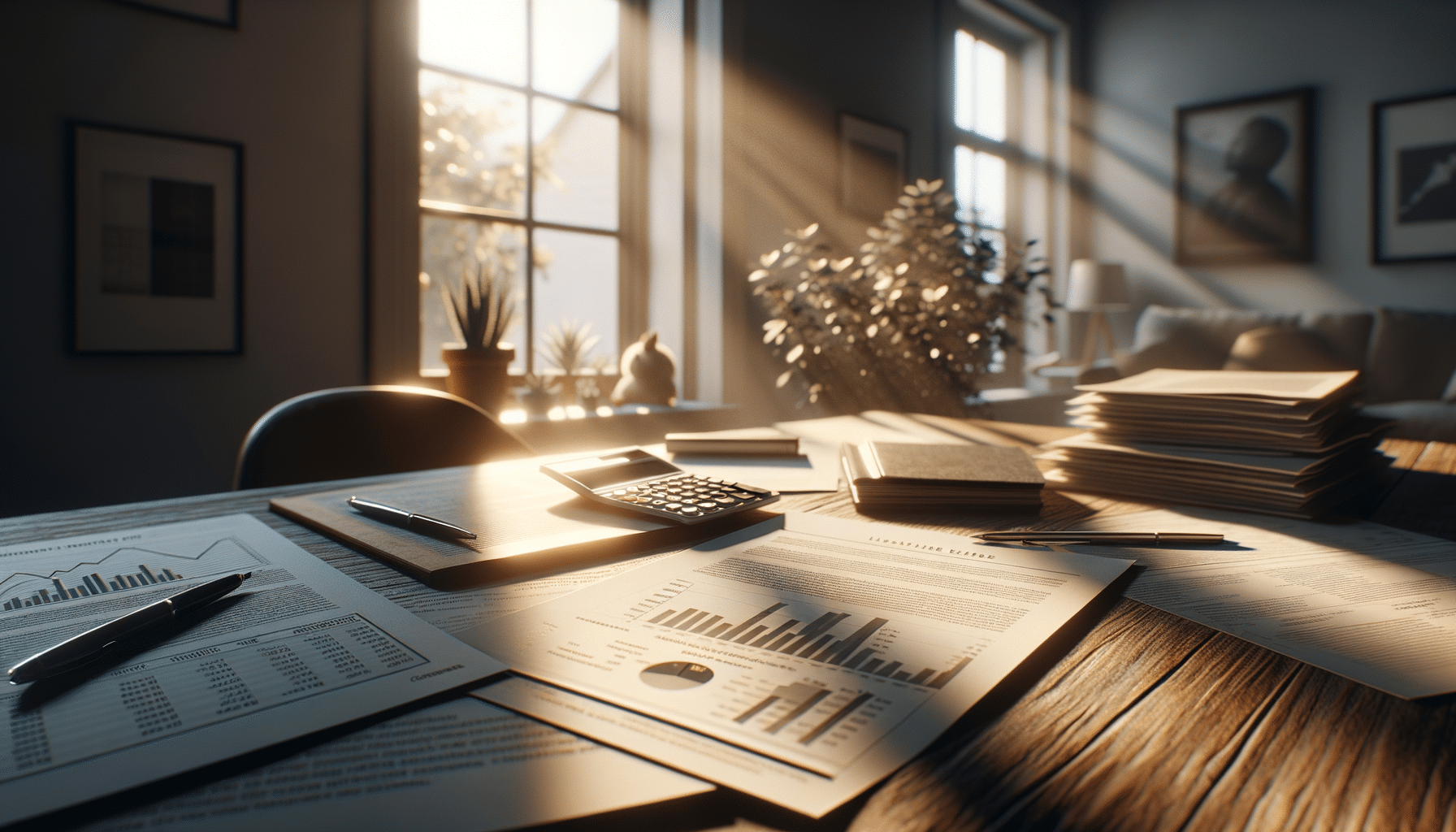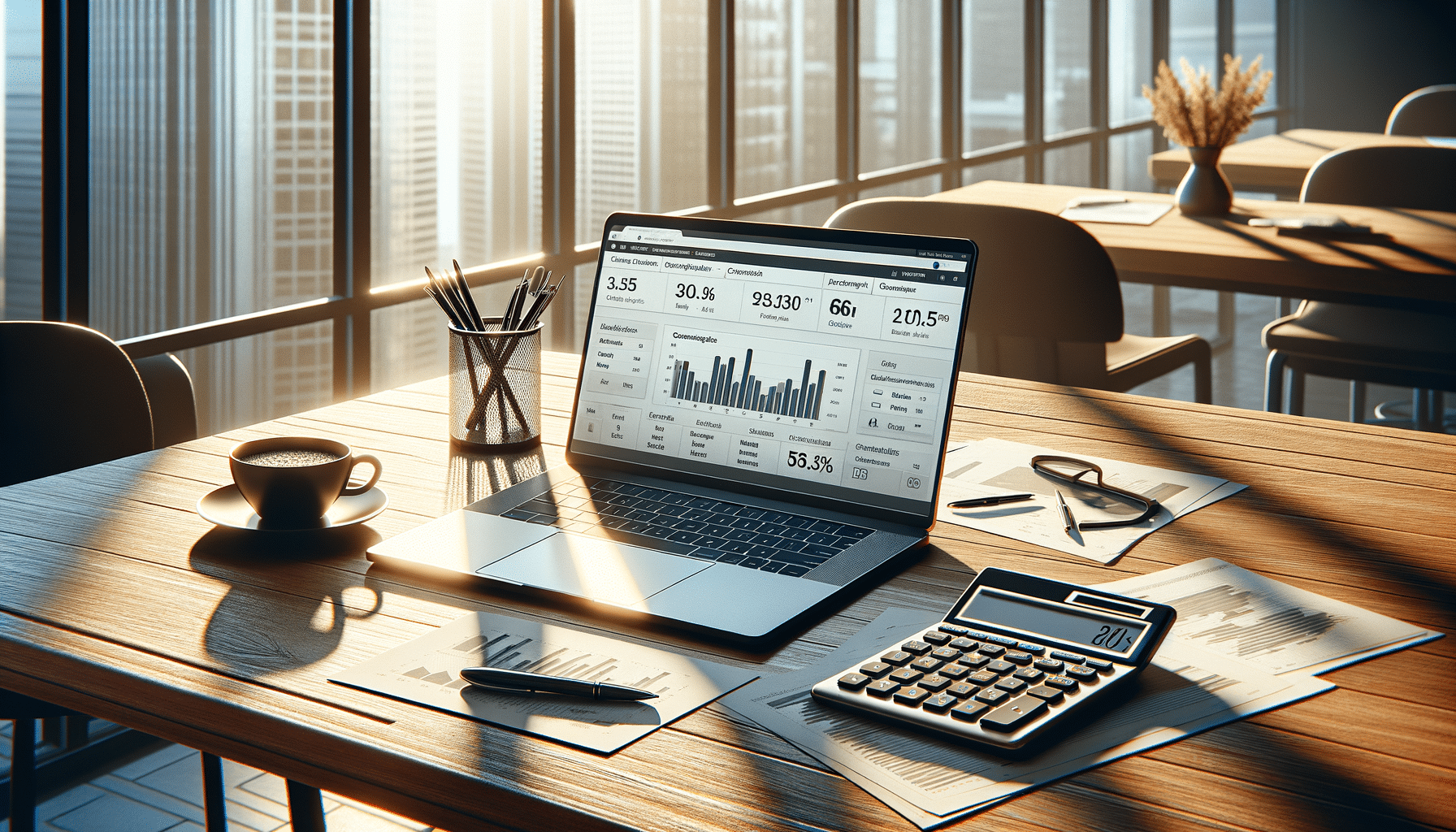
3 Things You Should Unplug Right Now to Save Money
Introduction: The Hidden Costs of Plugged-In Devices
In today’s fast-paced world, it’s easy to overlook the small things that can add up to significant expenses over time. One such overlooked aspect is our habit of leaving devices plugged in, even when they’re not in use. This seemingly harmless action can lead to increased energy bills and unnecessary waste of resources. By identifying key devices to unplug, we can take a step towards more sustainable living and financial savings. This article delves into the importance of unplugging certain devices to save money and reduce energy consumption.
Understanding Standby Power Consumption
Standby power, also known as “phantom load” or “vampire power,” refers to the energy consumed by electronic devices even when they are turned off but still plugged in. This hidden energy drain can account for a significant portion of your electricity bill. According to the U.S. Department of Energy, standby power consumption can represent up to 10% of household energy use. Devices such as televisions, microwaves, and chargers continue to draw power, contributing to this unnecessary expenditure.
To combat this, it’s essential to understand which devices are the biggest culprits. Common offenders include:
- Televisions and home theater systems
- Computers and peripherals
- Kitchen appliances with digital displays
By making a conscious effort to unplug these devices when not in use, you can see a noticeable decrease in your monthly energy bill.
Device-Specific Savings: Televisions, Chargers, and Appliances
Let’s take a closer look at three specific types of devices that can contribute to energy savings when unplugged: televisions, chargers, and kitchen appliances. Televisions, especially older models, can consume a surprising amount of power even when turned off. Modern smart TVs, while more efficient, still draw power due to their constant internet connectivity. Unplugging these devices when not in use can prevent energy wastage.
Chargers for phones and other gadgets are another common source of standby power consumption. Many people leave chargers plugged in 24/7, unaware that they continue to draw power even without a device attached. By unplugging chargers when not in use, you can reduce energy consumption and prolong the life of your chargers.
Lastly, kitchen appliances with digital displays, such as microwaves and coffee makers, can also contribute to higher energy bills. These appliances often remain in standby mode to maintain clock functions or preset settings, consuming power continuously. Unplugging them when not needed can lead to savings over time.
Practical Tips for Reducing Standby Power
Reducing standby power consumption doesn’t have to be a daunting task. Here are some practical tips to help you get started:
- Use power strips: Plug multiple devices into a single power strip and turn it off when not in use. This can make it easier to manage multiple devices at once.
- Invest in smart plugs: Smart plugs can be controlled remotely via smartphone apps, allowing you to turn off devices even when you’re not at home.
- Regularly audit your devices: Periodically check which devices are plugged in and consuming power unnecessarily.
By incorporating these habits into your daily routine, you can effectively reduce energy waste and save money.
Conclusion: Small Changes, Big Impact
In conclusion, unplugging devices that consume standby power is a simple yet effective way to cut down on your energy bills and contribute to a more sustainable lifestyle. By being mindful of the hidden costs associated with plugged-in devices, you can make informed decisions that benefit both your wallet and the environment. Remember, small changes can lead to significant savings over time, proving that taking control of your energy consumption is a worthwhile endeavor.


